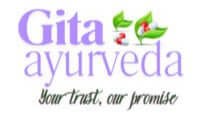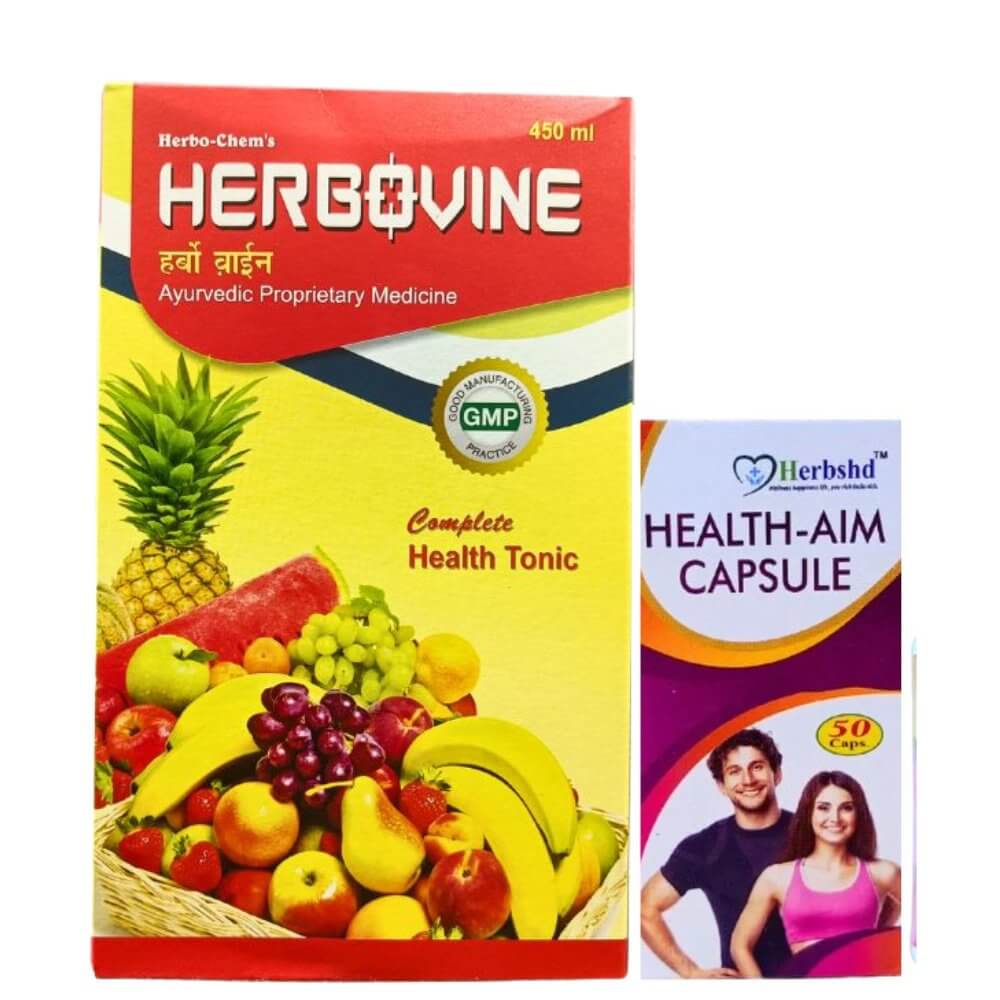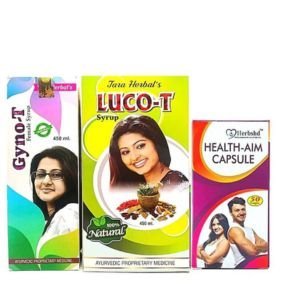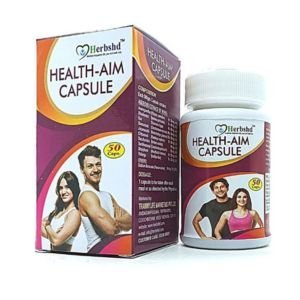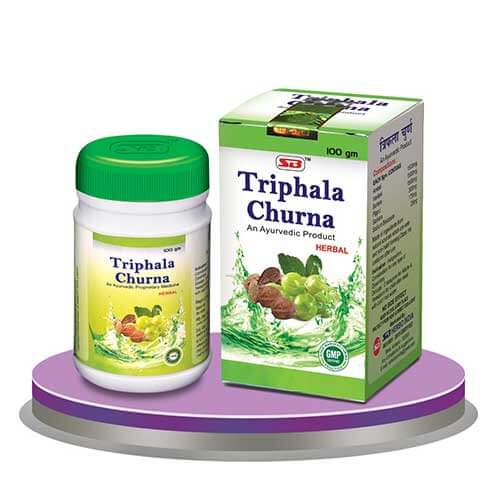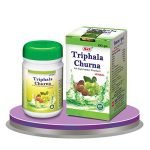The Best Keto Diet Menu for Beginners :
If you're a ketogenic (or keto) diet, it's important to understand how to build your meals so you eat a healthy balance of carbohydrates, fats, and protein. This beginner keto meal plan is your easy-start guide.
WHAT IS A KETOGENIC DIET?
The ketogenic diet, also known as the keto diet, is the idea of transitioning your body from burning fat for fuel instead of carbohydrates.
So, how does the keto diet work? Let’s break it down, here is the keto diet explained. The body two substances when carbohydrate intake is high:
- Glucose: Glucose is the easiest molecule for the body to convert to energy. This is the reason that carbohydrate intake will negate the ability of the body to enter ketosis. If carbohydrate intake is high, the body defaults to using glucose for energy.
- Insulin: Insulin aids in the transport of glucose around the body. When you reduce your carb intake and replace it with fat, it puts your body into a metabolic state called ketosis.
Ketosis is defined as the process by which your body breaks down fatty acids to ketones in the liver, which can supply both the brain and body with energy. Ketones come in three forms:
- Acetoacetate
- Beta-hydroxybutyric acid
- Acetone
Simply put: carbs must be avoided if you want to stay in ketosis. Generally, you want to stay under 25 grams of net carbs (total carbs minus fiber) per day.
You also want to watch your protein intake. Protein is not the enemy, as with carbs. You want protein to make up a significant part of your diet. Protein provides plenty of essential functions that are still valuable to your body’s function in ketosis. However, keep this macronutrient to only a quarter of your diet.
In ketosis, fat is king. The rest of your calories should come from fat. Your body will be breaking down fat for energy in the absence of carbs.
A SAMPLE KETO MEAL PLAN
If you're looking for an example of a keto meal plan, you're in luck. Try this sample keto meal plan for 5 days listed below:
Monday
- Breakfast: Bacon, eggs, kale.
- Lunch: Bell peppers stuffed with ground beef and extra virgin olive oil.
- Dinner: Salmon with asparagus and broccoli.
Tuesday
- Breakfast: Egg and goat cheese omelet.
- Lunch: Kale salad with chicken and avocado oil dressing.
- Dinner: Meatballs made with ground beef and cheese.
Wednesday
- Breakfast: Eggs and avocado.
- Lunch: Ground turkey meatballs with feta cheese and broccoli.
- Dinner: Pork chops with blue cheese and a small side salad.
Thursday
- Breakfast: Veggie omelet.
- Lunch: Shrimp salad with extra virgin olive oil.
- Dinner: Salmon with broccoli and kale.
Friday
- Breakfast: A ketogenic milkshake (unsweetened almond milk, 1 scoop of whey protein concentrate, 1 tablespoon of MCT oil).
- Lunch: Chicken salad with olive oil and goat cheese.
- Dinner: Bun-less burger with bacon, egg, and avocado.
FOODS TO AVOID ON THE KETO DIET
Avoiding certain foods might be tricky when first starting the ketogenic diet, but not impossible. Make sure you pay attention to the number of carbs you're eating as you could easily throw off your progress and get kicked out of a ketogenic state. Some foods you should avoid on keto include:
- Grains: Wheat, barley, oats, rice, quinoa, sorghum. All of it. You do not want grains.
- Beans : Kidney beans, beans, chickpeas, lentils, pinto beans, eyed peas.
- Starchy vegetables: Corn, carrots, parsnips, peas, and yams.
- Sugars: Maple syrup, cane sugar, agave, and honey.
- Beverages: Soda, juices, sports drinks, high-sugar coffee drinks, beer, and other high-sugar drinks.
Now that you know the dos and don'ts of what to eat on the ketogenic diet, what does a keto meal plan look like?
FOODS TO EAT ON A KETO DIET
When it comes to deciding what to eat on the keto diet, the rules are pretty simple. Eat mostly healthy fats (about 75% of your daily calories should come from fats), moderate protein intake (about 20%) and minimal carbs (no more than 5%). Choose lower carb foods such as grass-fed meat, wild-caught fish, eggs, leafy vegetables, and high-quality fats. Some of these foods include:
Fats: Avocado oil, cacao butter, coconut butter, cod liver oil, grass-fed butter, grass-fed ghee, MCT oil, bacon fat, egg yolk, lard, marrow and tallow, sunflower lecithin, coconut oil.Protein: Dark meats, sugar-free jerky, eggs, fish, gelatin, organ meats, pork, shellfish, chicken, turkey, wild-caught fish, and whey protein concentrate.
Vegetables: Asparagus, avocado, butter greens, broccoli, brussels sprouts, cauliflower, cabbage, celery, chard, collards, cucumbers, kale, kohlrabi, lettuce, radish, spinach, summer squash, zucchini.
Dairy: Grass-fed butter, grass-fed ghee, cheese (depending on the type).
Beverages: Water, water with lemon, coffee, variety of different teas, carbonated water, non-dairy milk, bone broth, certain kombucha, coconut water, certain smoothies.
